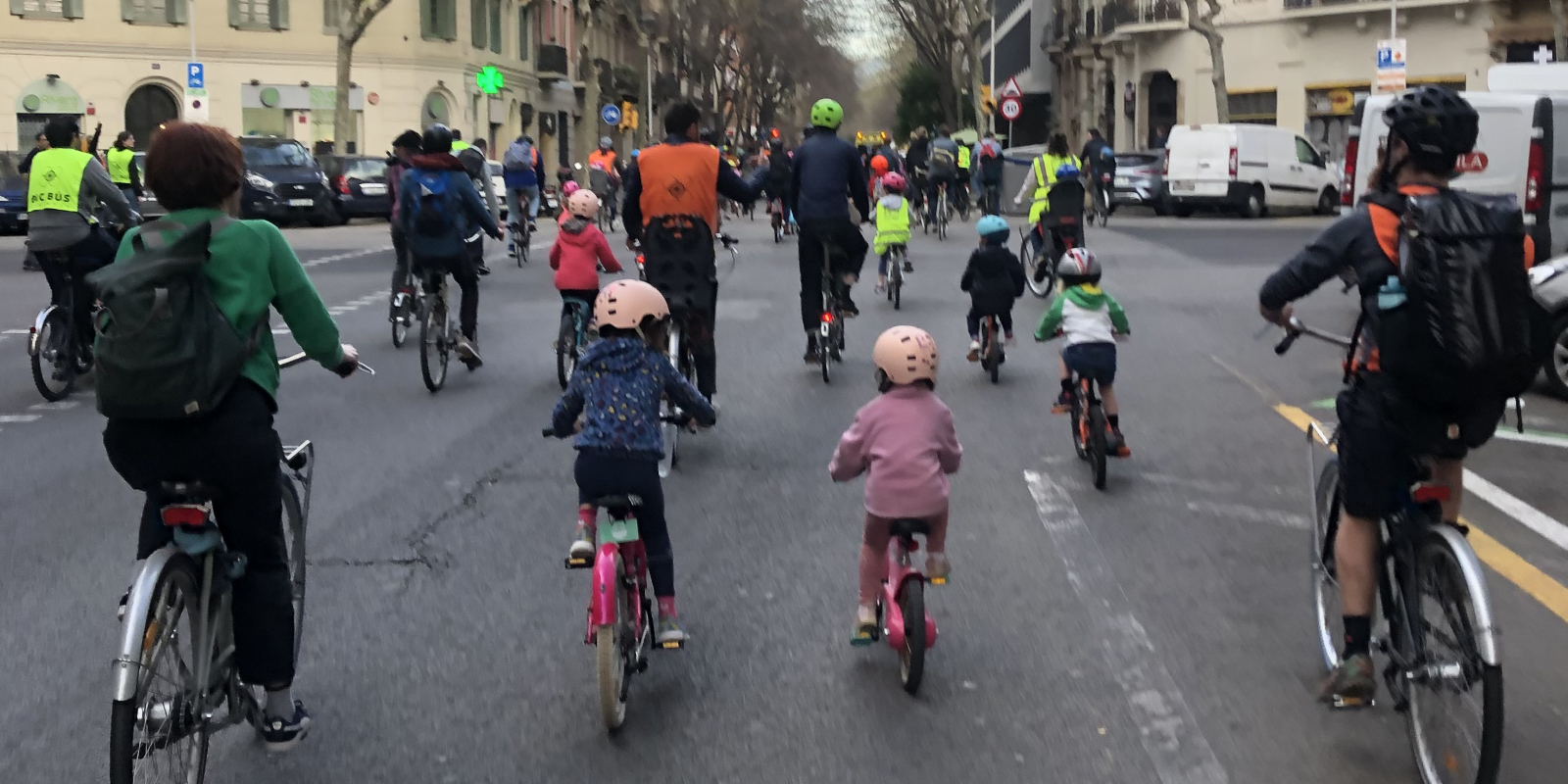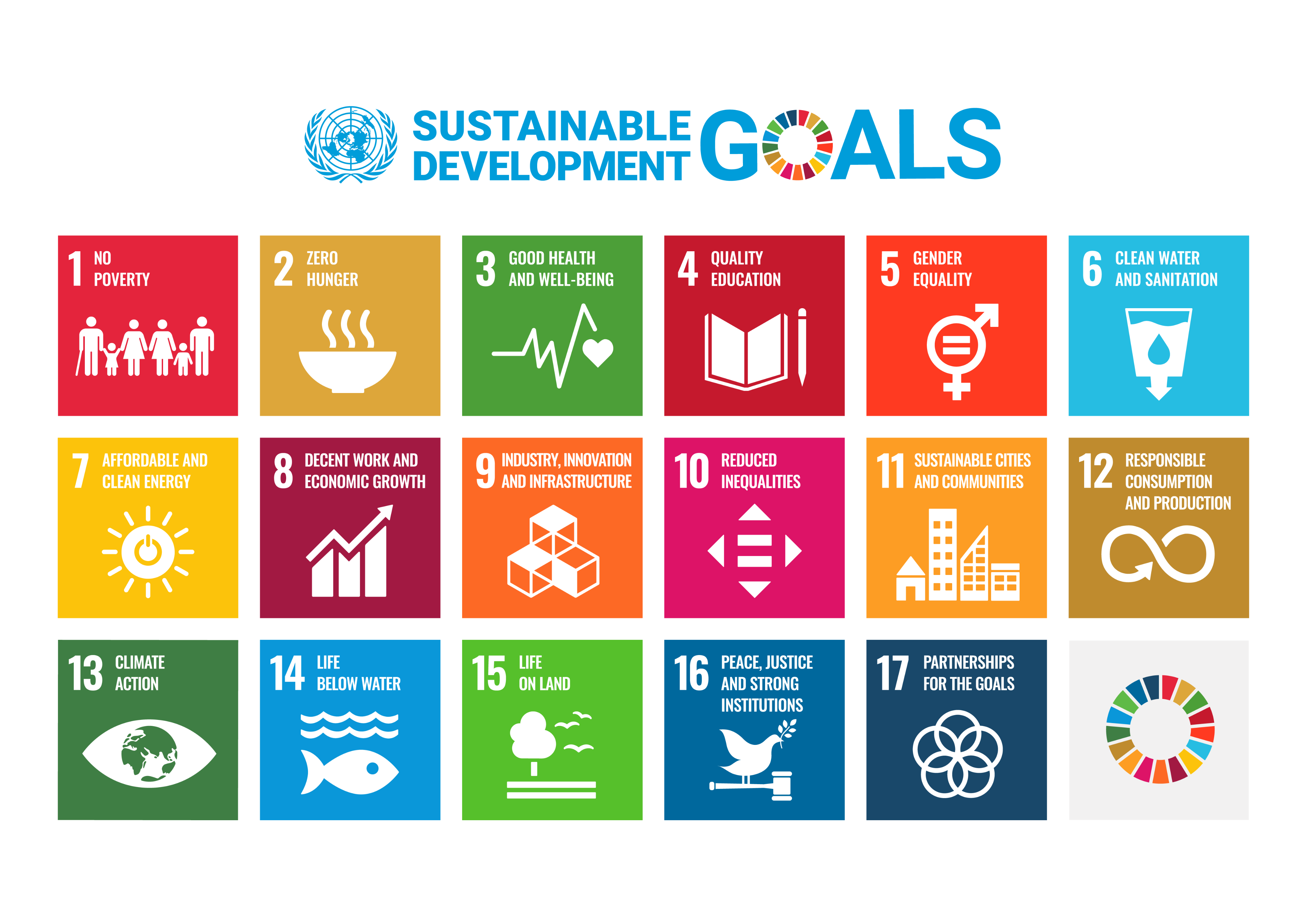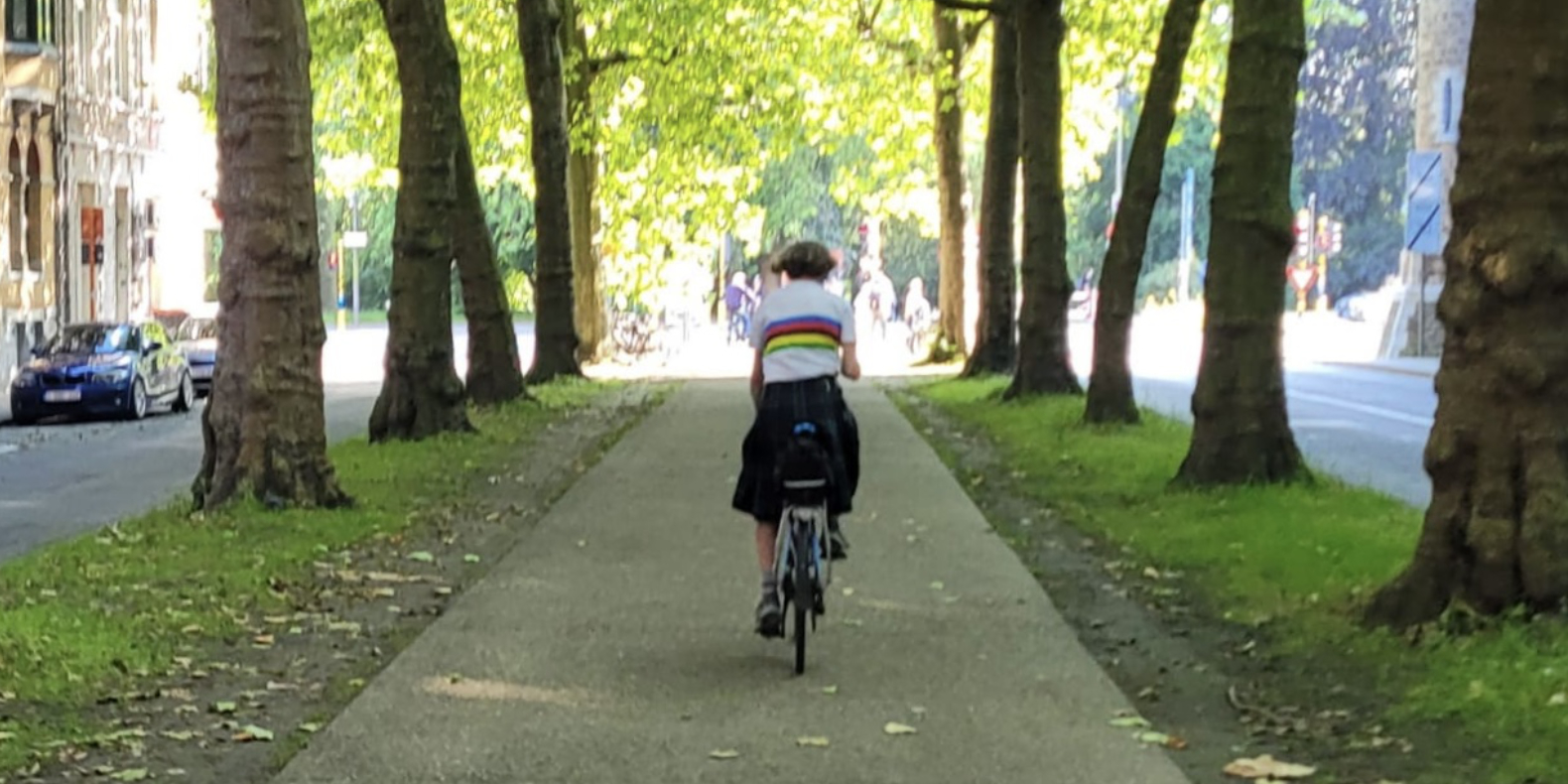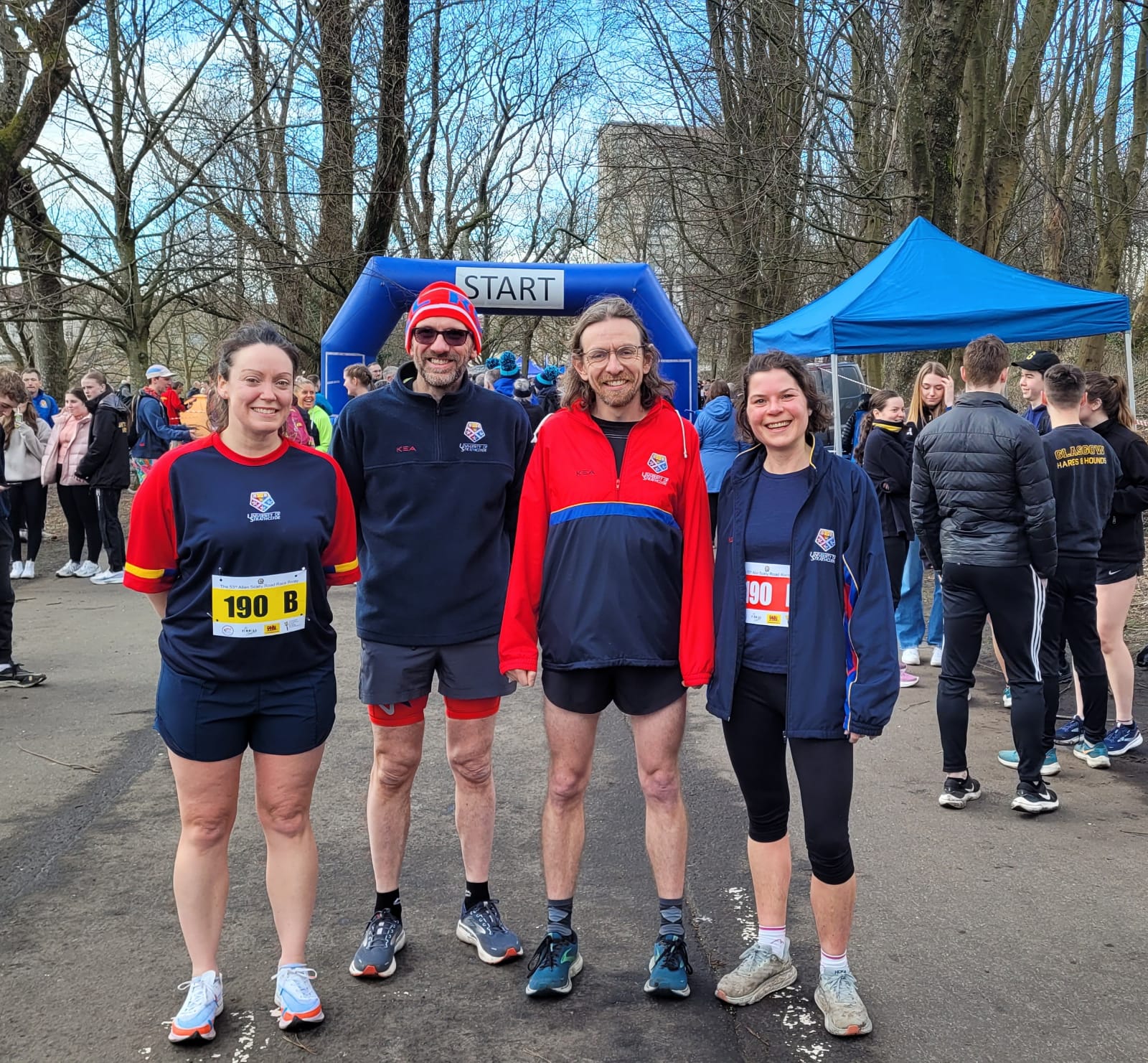
Sustainable StrathclydeSDGs in Action: Strathclyde’s Active Mobility Hub
Interdisciplinary and Interconnected Sustainable Development Goals research and knowledge exchange in action
The United Nations' Sustainable Development Goals (SDGs) address social and environmental issues, and at the halfway point toward their 2030 deadline, they have become central to policies, strategies, and higher education initiatives. University of Strathclyde has integrated the SDGs into its teaching and research, with a strong focus on interdisciplinarity, and has been recognised for its contributions.
The Active Mobility Hub at Strathclyde works on projects related to active mobility, which tie into numerous SDGs, including health, sustainable cities, and reducing inequalities. The Hub’s research highlights the interconnectedness of various SDGs and the importance of holistic approaches to sustainability.
A Reflection on the Sustainable Development Goals
The United Nations’ SDGs are high-level ambitions related to social and environmental issues — ranging from poverty to gender equality, climate change to sustainable cities. The 17 goals of the SDGs, adopted initially in 2015, are 9 years old on 25th September 2024. Running to 2030, this means we are over halfway through their adoption journey.
The SDGs have become a centre piece of sustainability related policy and practice across many areas of society — in policy documents, organisational strategy, and underpinning city planning. They have also been integrated into higher education — many of us will be familiar with them in our teaching, research and learning. The SDGs are incorporated as a Key Performance Indicator (KPI) in the University's ‘Strathclyde 2030’ strategy and the University has made positive efforts in embedding the SDGs in its teaching, research and knowledge exchange. Strathclyde was recognised earlier this year for its efforts to positively contribute to the SDGs when placed 4th in the UK, and 25th globally, according to rankings by Times Higher Education.
While the SDGs are categorized into 17 distinct goals, the UN emphasized that "Reflecting the integrated approach that we have decided on, there are deep interconnections and many cross-cutting elements across the new Goals and targets".
This perspective aligns with growing calls and expectations within university teaching and research for greater interdisciplinarity in the subjects and practices of our work. Thinking across and between the SDGs exemplifies this in practice, as it highlights the ways in which the various goals interlink and are often inherently interdependent.

Sustainable Development Goals (SDGs) Emblem

Bike at Rottonrow Gardens, University of Strathclyde
Strathclyde Active Mobility Hub and the SDGs
About us
Strathclyde’s Active Mobility Hub works on the topic of ‘active mobility’ — the means and practices of moving by modes such as walking, cycling and wheeling. This cross-faculty group of researchers and practitioners have been carefully, and organically, co-developing interdisciplinary research projects since inception in September 2022.
The first internally-funded interdisciplinary project from the Hub was “Using a community-led active travel initiative to gather driver attitudes and advocate for infrastructure changes to reduce carbon emissions, increase social cohesion and improve public health” and it has since developed several other projects and outputs. Members of the Hub recently visited to the Urban Cycling Institute at the University of Amsterdam to explore our mutual links and projects on ideas of embedding play in our cities and streets.
Our first collective research output as members of the Active Mobility Hub, the soon to be published article “(Two) wheels on the bus: Road user perceptions of a bike bus and how this links to addressing global health challenges” in the Journal of Physical Activity and Health speaks of some of the inherent interconnections of the SDGs.
Connection to the SDGs
Reflecting on the connections of the Hub’s work to the SDGs, much of it recognises the significant physical and mental health benefits of active mobility (SDG3). Additionally, it opens the links and dependencies that the ways people move in the places they live relates to other SDGs. Active mobility has a central role in the transport and planning of sustainable cities and communities (SDG11) while it impacts, at different levels, many of the Goals — from the financial cost of mobility (SDG1 on poverty), through to levels of inequality in society (SDGs 5 and 10), and reducing the impact of transport on greenspaces and wildlife (SDG 15).
What are ways of thinking and acting with, and outwith, the SDGs?
This reminds us that when working in the university our practices, research and teaching is linked to the wider world, and it should have positive impact and contribution to current or forthcoming issues that affect society and the environment.
The 9th anniversary of the SDGs it is helpful and progressive to not only think about how our work relates to specific SDGs — but more deeply to consider their interconnection and interdependencies. It is this more holistic thinking that underpins sustainability as a practice, including recognising its plurality and often ‘messiness’, that will be vital as we work towards the objectives of the Goals in coming years. Indeed, in a more critical spirit, there is value in considering what might be alternative approaches to sustainability other that the SDGs. These may give greater attention to the critical interdependences of the different issues, as well as issues such as power and economic growth that have limited critique within the SDG approach.

James Bonner cycling (with kilt and commemorative UCI World Championship stripes from Glasgow) in Ghent, Belgium at VeloCity Conference
Get Involved
The Active Mobility Hub aspires to embed sustainability and interdisciplinarity in its work, aiming to foster new collaborations both within and beyond the University. Others at Strathclyde could benefit from forming cross-departmental hubs focused on real-world challenges like active mobility, integrating the interconnectedness of the SDGs and other sustainability approaches while enhancing interdisciplinary practices and knowledge sharing.
This initial blog post marks the beginning of a collaboration between the Active Mobility Hub and Sustainable Strathclyde and we would be glad to share their experiences, learn from others, and form new collaborations. Please get in touch if you would like to open such conversations!
Members of the Active Mobility Hub who formed a Mixed relay team in the Allan Scally Memorial Road Race, Glasgow Green
